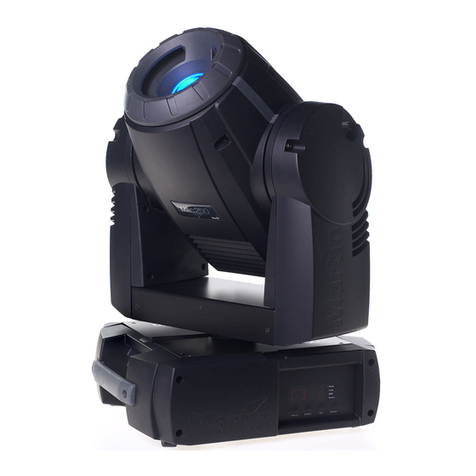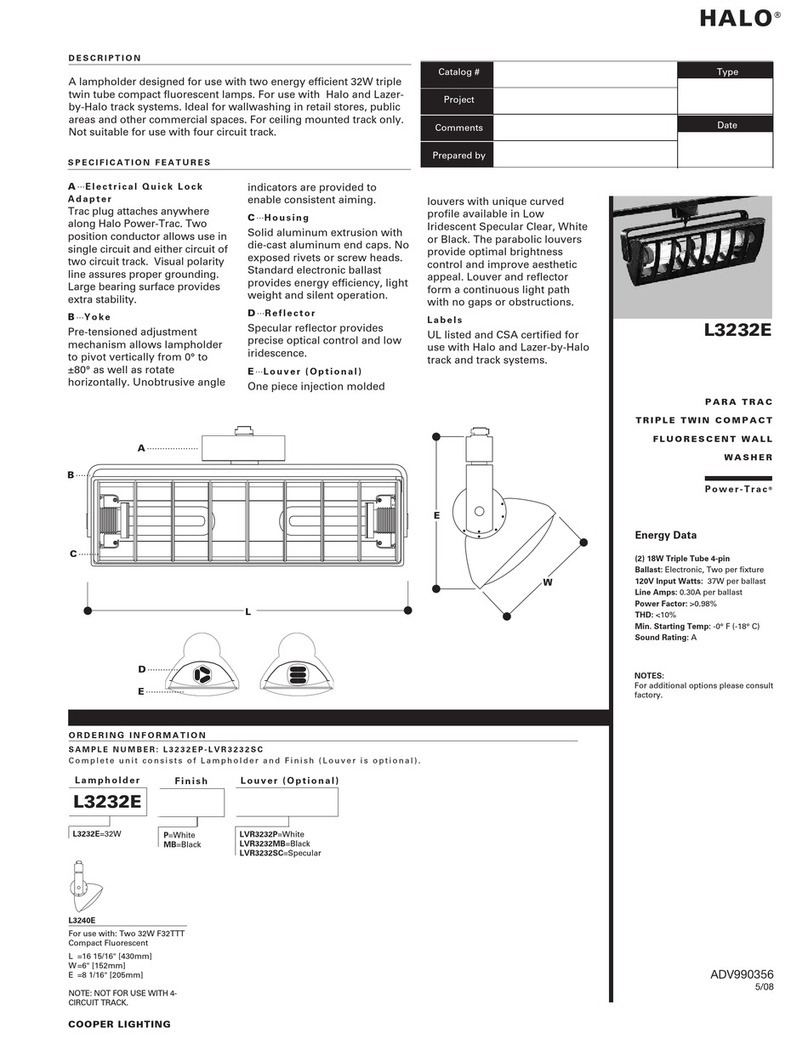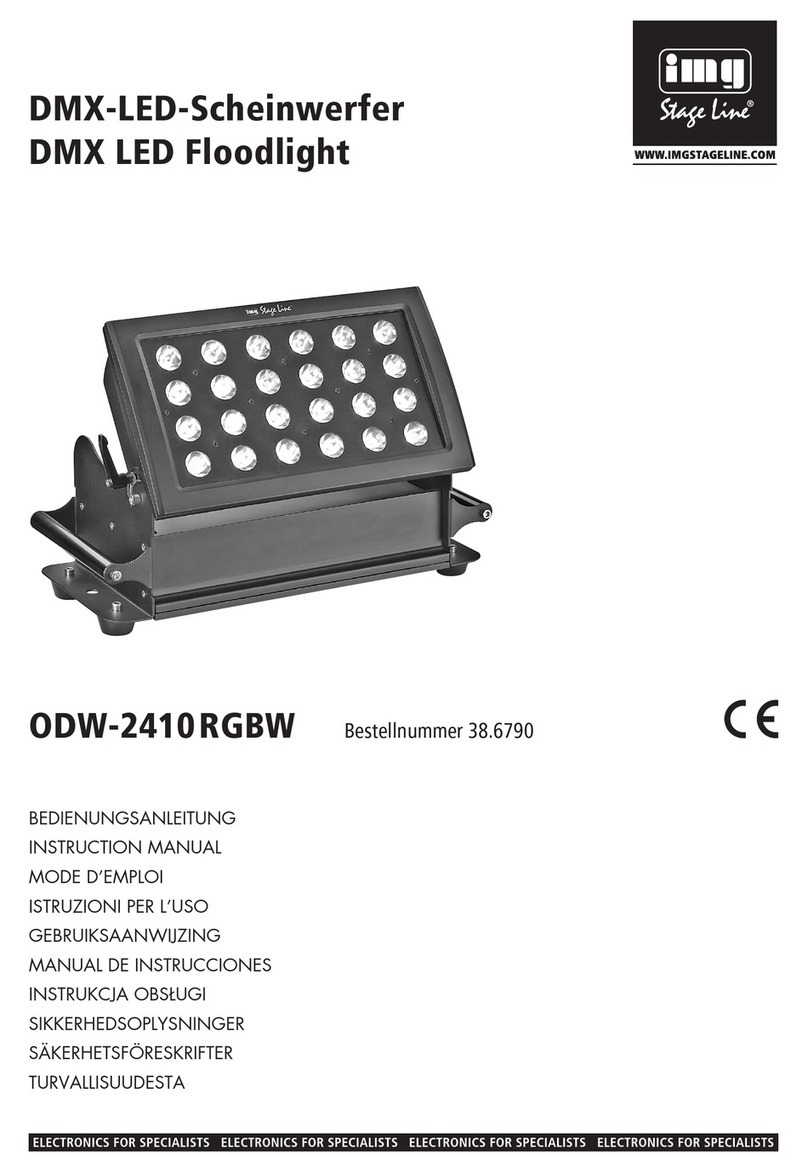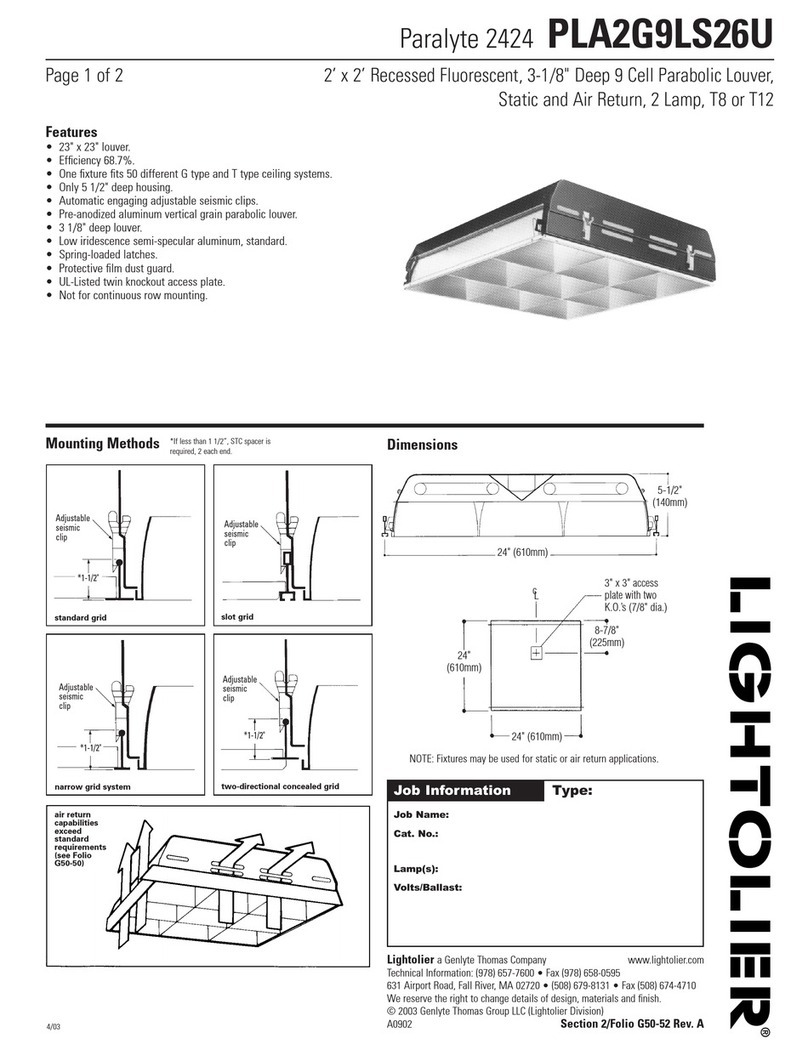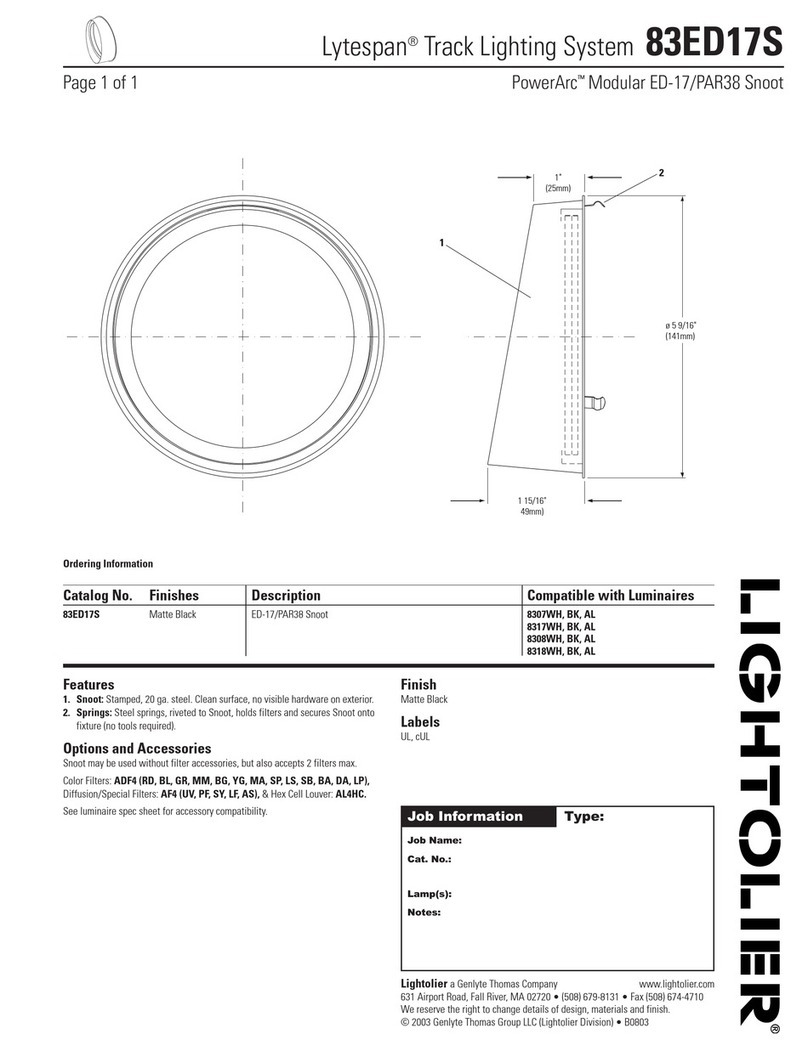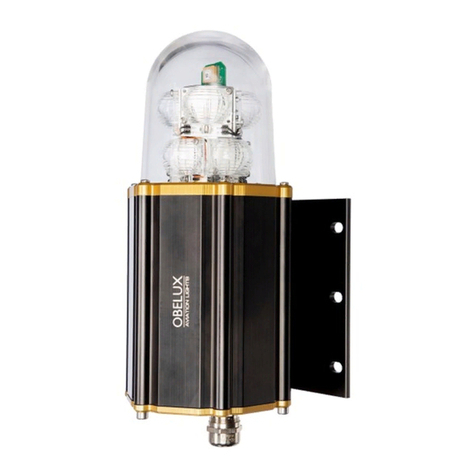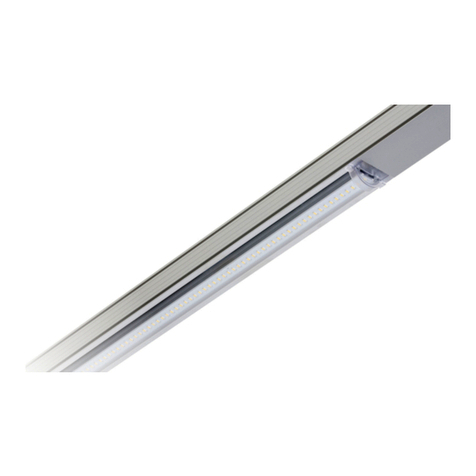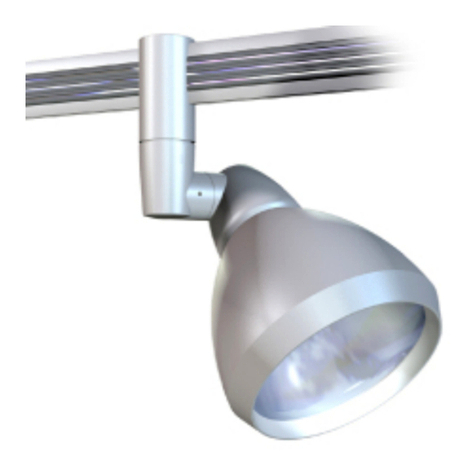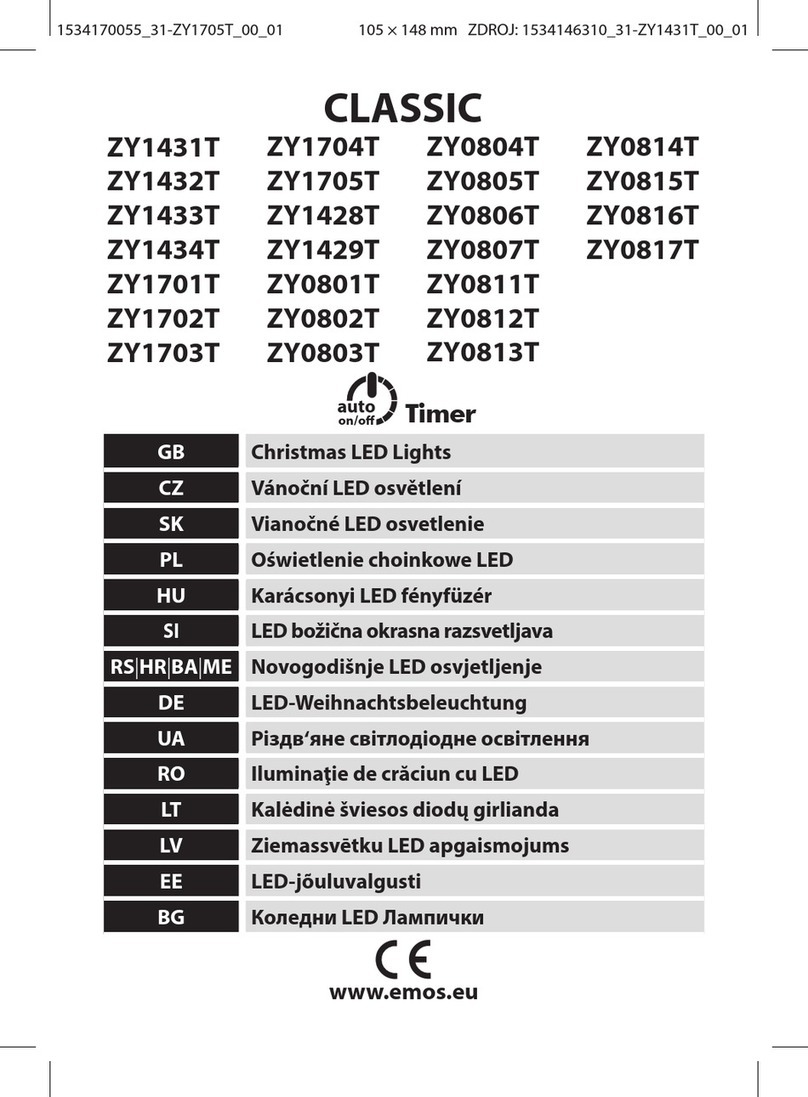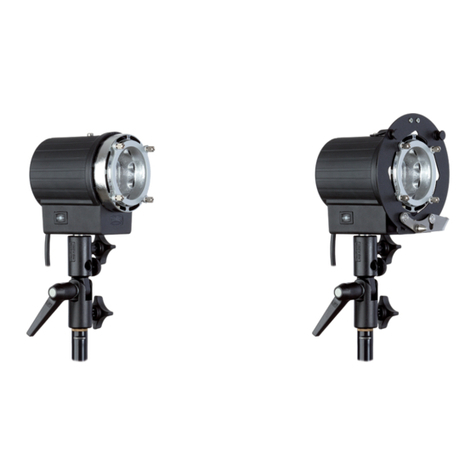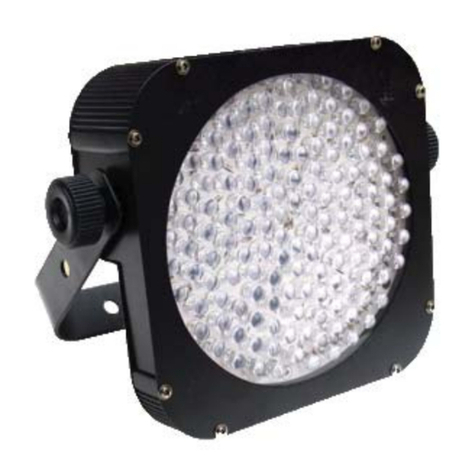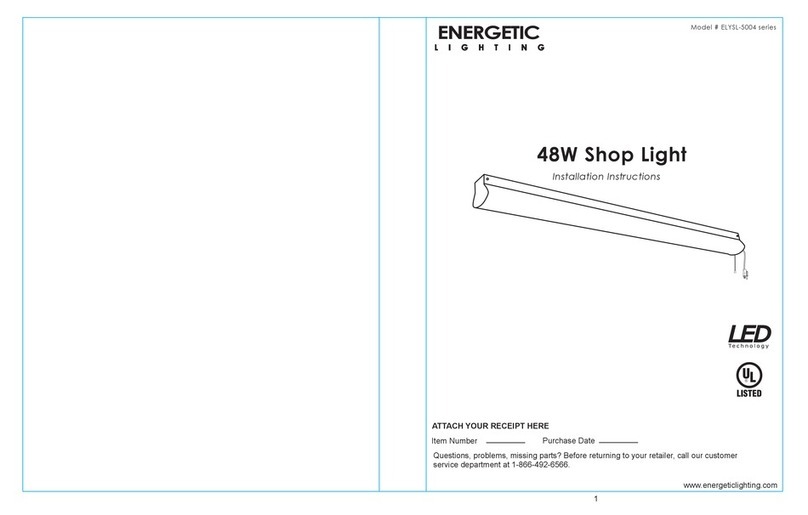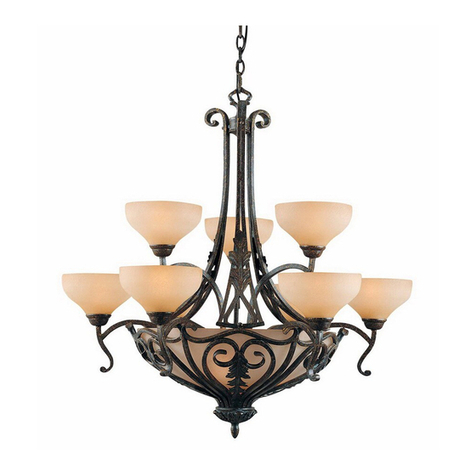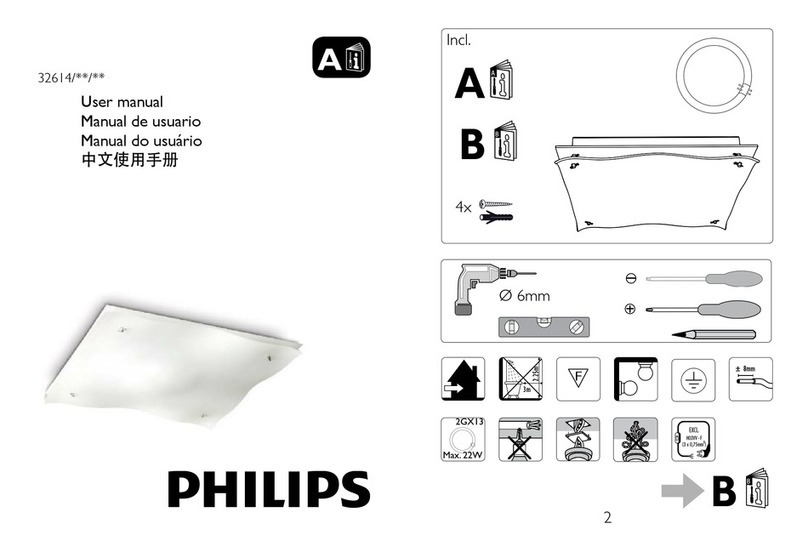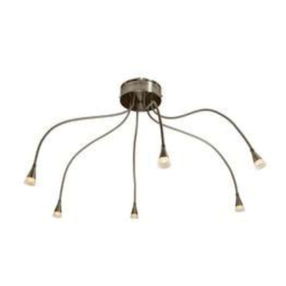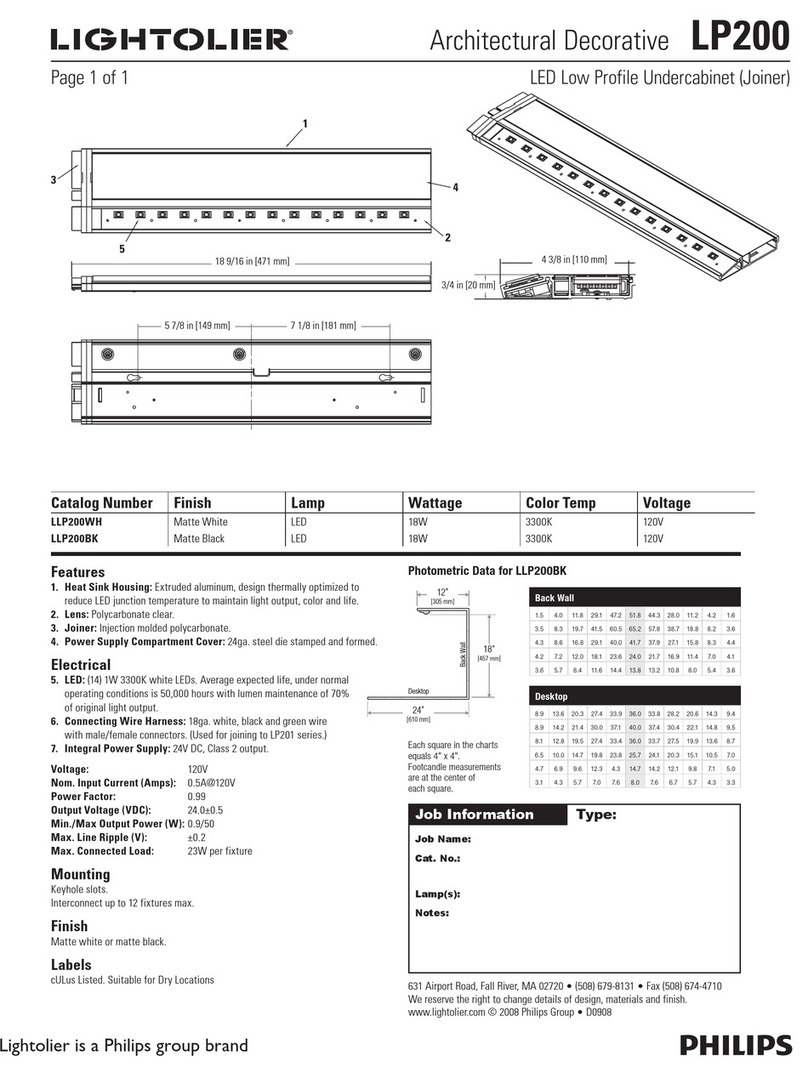CONTENTS
1CHANGE LOG....................................................................................................................................................... 3
2ABOUT THIS DOCUMENT .................................................................................................................................... 4
3ABOUT THIS PRODUCT ........................................................................................................................................ 5
3.1 VERSIONS............................................................................................................................................................... 6
4SAFETY INSTRUCTIONS........................................................................................................................................ 7
4.1 GENERAL CONSIDERATIONS........................................................................................................................................ 7
4.2 ENVIRONMENTAL CONSIDERATIONS............................................................................................................................. 7
4.3 PERSONAL CONSIDERATIONS ...................................................................................................................................... 7
5INSTALLATION..................................................................................................................................................... 8
5.1 DEVICE INSTALLATION ............................................................................................................................................... 8
5.2 WIRING ................................................................................................................................................................. 8
5.2.1 Mains input (ACW versions and L864-MX-GA).......................................................................................... 11
5.2.2 Mains output (ACW versions) ................................................................................................................... 11
5.2.3 DC input (DC versions)............................................................................................................................... 12
5.2.4 DC output (DC versions) ............................................................................................................................ 12
5.2.5 Alarm Relay Output................................................................................................................................... 12
5.2.6 RS485 input (not available with L864-MX-GA).......................................................................................... 12
6CONFIGURATION ...............................................................................................................................................13
6.1 STAND-ALONE MODE.............................................................................................................................................. 14
6.2 MODBUS MODE .................................................................................................................................................... 16
6.3 TEST MODE........................................................................................................................................................... 17
6.4 L864-MX-GA CONFIGURATION .............................................................................................................................. 17
7OPERATION........................................................................................................................................................18
7.1 STAND-ALONE OPERATION....................................................................................................................................... 18
7.2 MODBUS OPERATION ............................................................................................................................................. 18
7.3 CAUSES FOR ALARM ............................................................................................................................................. 18
7.4 ONBOARD LEDS.................................................................................................................................................... 19
7.5 TROUBLESHOOTING................................................................................................................................................ 20
7.6 SPARE PARTS......................................................................................................................................................... 20
7.7 PACKAGING DETAILS ............................................................................................................................................... 20
8MAINTENANCE...................................................................................................................................................21
8.1 UPDATING DEVICE SOFTWARE................................................................................................................................... 21
8.2 REPLACING THE GLASS COVER ................................................................................................................................... 23
8.3 REPLACING MAIN CIRCUIT BOARD .............................................................................................................................. 25

